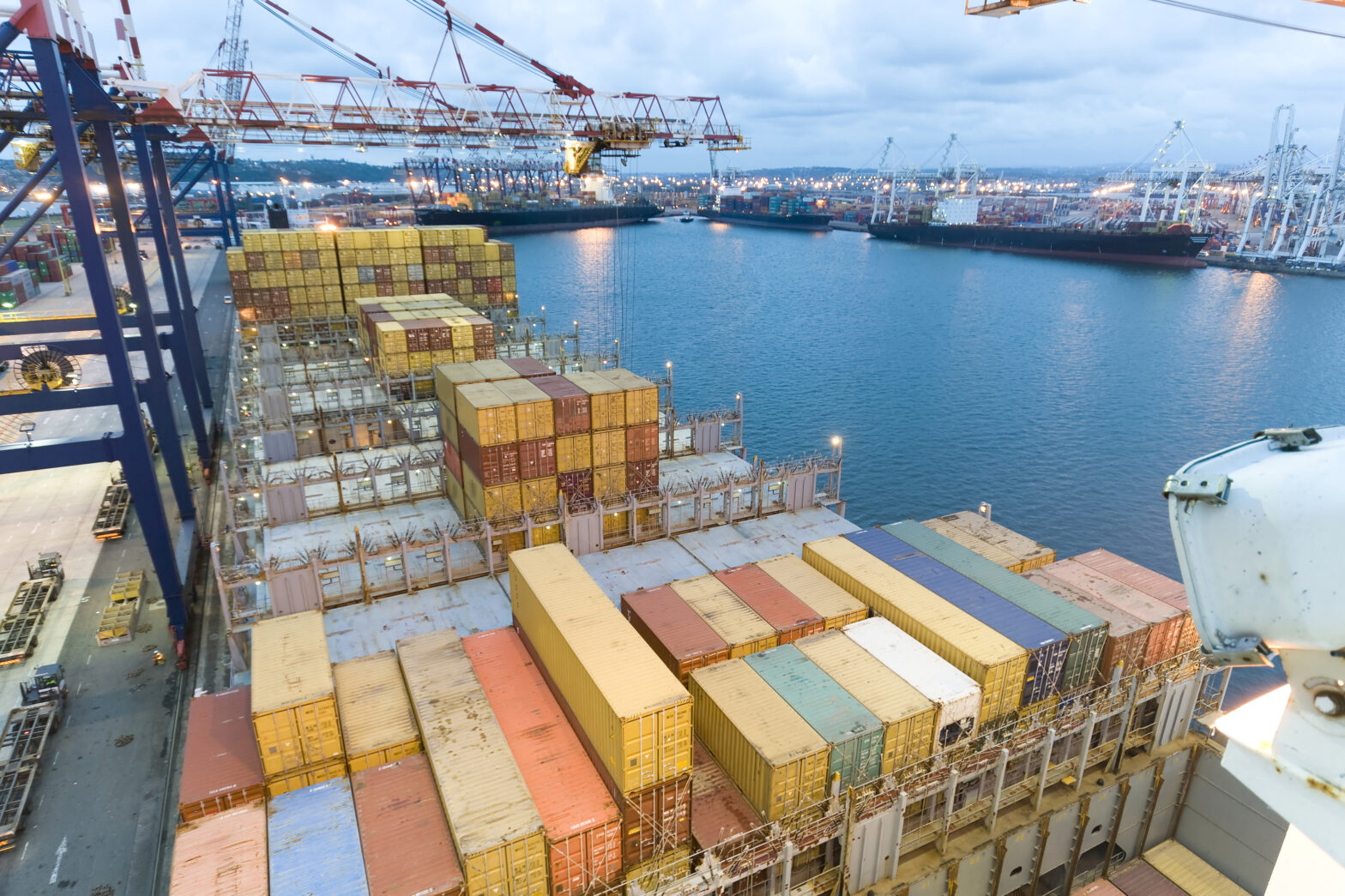What’s changed with exports to an EU customer post Brexit?
The most significant changes come as a result of the UK’s exit from the single market and the customs union. Any EU customer buying products from a UK-based retailer are now subject to charges comprising import duties plus courier or postal handling fees. Naturally, the opposite of this is also true, with additional paperwork and costs applying to British consumers purchasing goods from Europe.
Unfortunately, consumer standards are not going to relax whilst retailers find ways of adapting to these new rules. Workarounds do exist and are readily being adopted. But the customs charges and extra paperwork have significantly increased the complexity and cost of shipping products in and out of the EU.
In addition to unwelcome delays, all the added cost has to go somewhere. For businesses that have been unable to cover this themselves, many have had to pass this onto the end consumer. In a period where consumers are expecting online shopping to compensate entirely for the high street experience, these effects are accumulating to a lot of unhappy customers. Suffice to say, for smaller businesses attempting to contend with the likes of Amazon, this is a tough pill to swallow.
>See also: Small businesses selling into EU face £180m in extra red tape costs
What can I do if an EU customer refuses delivery of goods sold and returns them?
Consumers have a right to change their mind after any purchase and can, as standard, return their products in a two-week timeframe from the day of sale. The retailer, therefore, has to put in place a return process which is convenient for the consumer. Refusals are a normal part of doing business online and should be expected as part of the process.
The brand has the right to deduct the cost of the return from the refund, assuming the customer has changed their mind, but it would depend on the seller’s discretion if this is deducted automatically – it’s worth checking the law of the jurisdiction in which the online retailer resides to ensure you are complying fully.
How much does it cost me if a European customer refuses to pay for delivery?
Most retailers offer free shipping above a certain order basket value. An EU customer might refuse to pay for a delivery because of a delivery issue with the carrier. In that case they can contact the brand’s customer service team and they will usually issue a refund or offer a coupon code for the next purchase.
It would be extremely rare for an EU customer to refuse to pay for delivery. It would be more likely that the customer cancels or empties the basket before confirming and completing the order. You do hear of lost revenue amongst brands, but this is almost guaranteed to be from lost sales rather than refused delivery costs.
I’ve heard that some retailers are threatening to burn goods sold to EU shoppers, is that true?
A lack of preparation has been evident throughout all of this. We are now seeing that many retailers are incapable, and unwilling, to deal with this increased complexity, leading to many reconsidering the value of adequately processing returns. Within just the first few months of the Brexit deal starting to be implemented, this aversion to reverse logistics has resulted in numerous stories within the retail space, including many reports of high street retailers threatening to burn returned products.
>See also: Half of small business exporters struggling with new rules post Brexit
What can my small business do to get round this problem?
Although daunting, the challenges themselves can be condensed into a single problem: the increased complexity and cost of the cross-border shipping between the EU and UK. Businesses don’t need to pull out of the process entirely as a result of this. The key to success will be down to their ability to disperse inventory, fulfilment and processing capabilities across the UK and EU. This is referred to as multi-node fulfilment, and this should now be a vital consideration for retailers operating cross-border.
What is multi-node fulfilment?
Put simply, multi-node fulfilment is when retailers have numerous points of fulfilment established in different areas, rather than having one core distribution centre. By recognising that spreading inventory at distribution centres out across a range of geographies is one of many benefits, retailers can look to avoid customs checks altogether as stock is flowing solely within the EU or UK.
This can work as a way to alleviate returns, with retailers shipping from the EU while processing UK returns to nearby UK facilities (and vice versa).
Retailers and brands can stay that one step ahead by reviewing existing data to determine where customers are located. By dramatically reducing processing times, having the ability to pick multiple orders at once, turning “dark stores” into mini distribution centres, or implementing an advanced Distributed Order Management (DOM) system, this can ensure your order management system (OMS) can divert orders to the appropriate inventory pool. Keeping fulfilment flexible is the answer.
Multi-node, with its distribution points, can really help alleviate the pressures that accompany peak season volume, or other episodes of key promotional activity in spreading resource. As we have seen with Covid-19, peak seasons have changed somewhat, so this will be a considerable asset going forward.
How much does it cost to use multi-node fulfilment?
Ultimately, it depends on the size of the business. The costs of the multi-node will essentially be driven by the space that the inventory will occupy in each node, plus some minimum costs to cover logistic activities such as managing inventory, as well as being ready for when sales transactions are coming. Depending on the complexity of the solution implemented, there could also be some IT costs to support the order management system (OMS).
What’s the minimum size of business that can employ multi-node fulfilment?
It’s difficult to say without asking further details from the business and its overall expectations. The model we follow helps us (and clients) simulate the size of the business when it comes to transactions that require solutions having been implemented, whilst also keeping things cost-effective. Local carriers closer to the node will be employed if they can keep the costs low.
Overall, this is entirely dependent on the brand and where they are on their journey and certain questions need to be asked:
- Are they an established brand?
- Do they see this as a cost of business vs lost revenue and how this impacts the company’s bottom line?
- Are there any other options SMEs can consider (i.e. “pop-up” distribution centre)
The concept of the “pop-up” distribution centre (DC) is another alternative.
Primarily utilised in peak seasonal periods such as Christmas, January sales and Black Friday, pop-up DCs are micro-fulfilment centres which have been known to take as little as two weeks to set up. Traditionally comprising both rented and on-demand space, these DCs can provide relief for your primary fulfilment centre and can be a considerably cheaper and more strategic option for SMEs. This is especially the case following the Brexit changes, with pop-up DCs presenting similar benefits as multi-node, such as the ability to ship to and from customers within the region.
Increasingly, as many brick-and-mortar stores downsize after a tough year for the high street, we are also seeing the ”dark store” model becoming a more popular means of micro-fulfilment, with brands looking to use excess store space as distribution hubs to get products closer to the end customer.
With our multi-node solution, RetailConnect, this helps to direct staff through pick/pack/ship processes using simple, lightweight hardware which can be kept in stock rooms and keeps orders organised. This cloud-based tech drives the multi-node fulfilment process and will assist in meeting customer demands. The importance of an omnichannel approach cannot be overlooked to maintain customer satisfaction.
Christophe Pecoraro is managing director at PFS Europe
Further reading
How to avoid paying £130,000 in VAT registration fees if you export to EU





